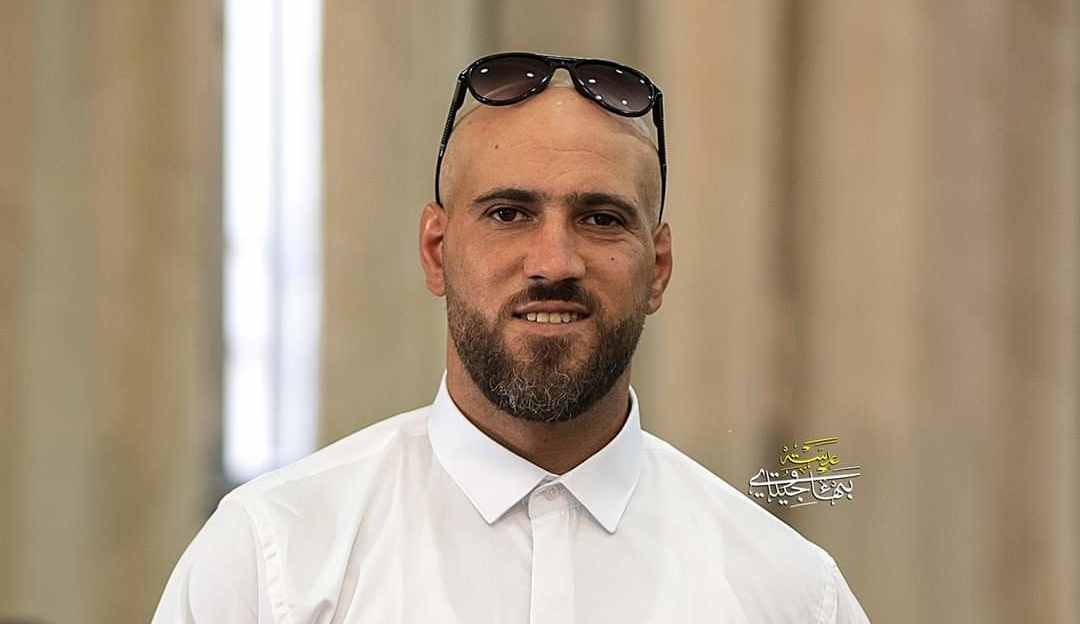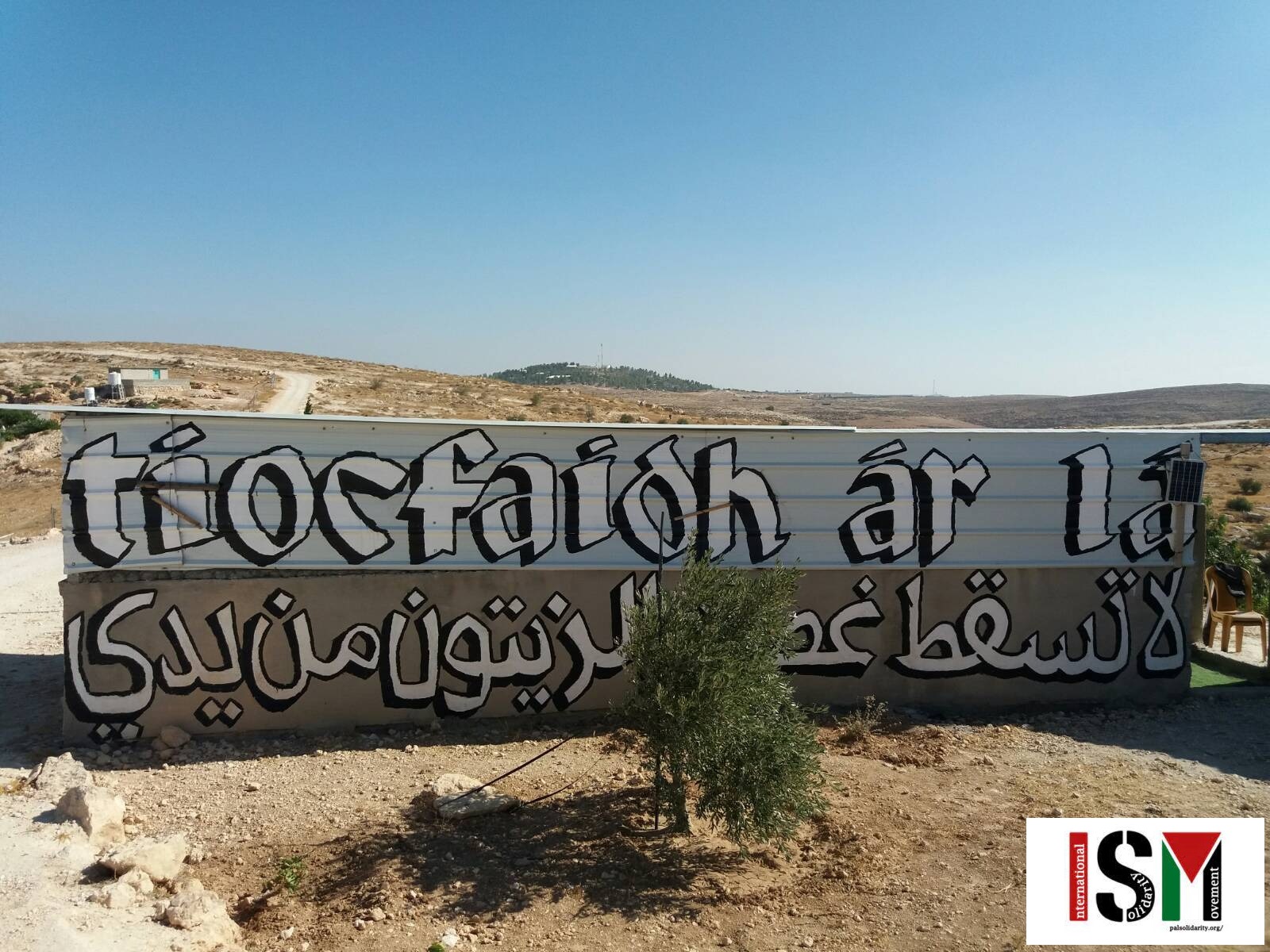Category: Journals
-
A visit to the houses of the martyrs in Nur al-Shams
Solidarity visit to the Nur Shams camp, following the deaths of Abdulrahman Abu Daghash and Oseed Farhan Abu Ali, killed by indiscriminate Israeli Occupation Forces shooting during the raid on Sunday 24th September. It’s hot, it’s the third day of mourning. There is a constant flow of visitors in the home of Abdulrahman Abu Daghash.…
-
Report on the weekly protests in Kafr Qaddum
The Palestinian village of Kafr Qaddum is located 13 kilometres west of Nablus and has a population of roughly 4300 citizens. Eleven thousand dunams of the village’s land (roughly 52% of the total area) are part of area C, under full control of the Israeli Occupation Forces. Saqerobeed, the former mayor of the village told…
-
An ISM diary, July-August 2023
This is a diary kept by two UK-based volunteers with the ISM, Willow and Kevin, during some of their recent trip to Palestine. Day 1 – Colonial violence In the few days since arriving in Palestine we have already been repeatedly reminded of the extent of the violence which is perpetrated on a daily basis…



